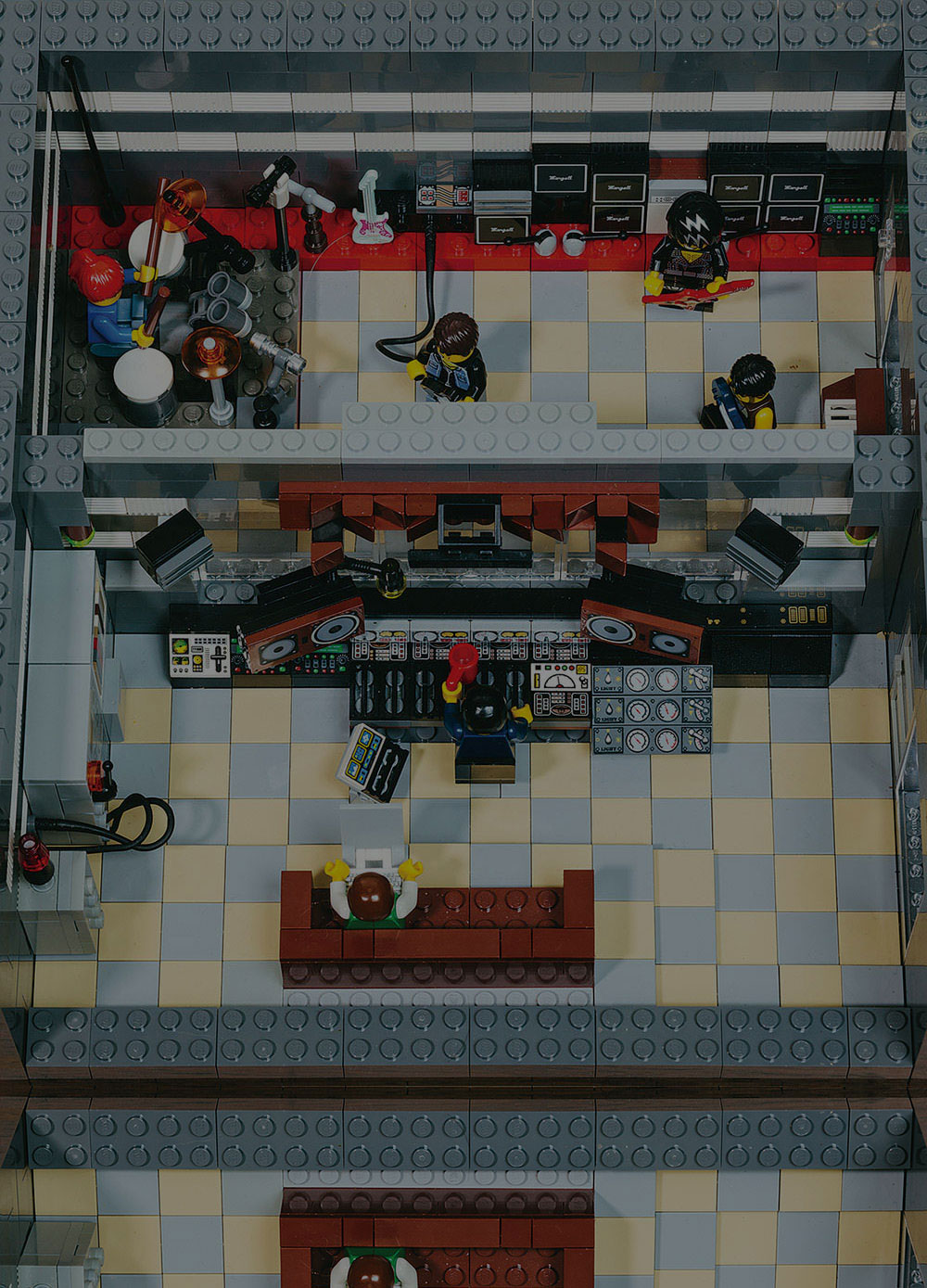I was asked to demo real flanging for some friends a while back, so I recorded the same material onto two tape decks and attempted to play them back at the same time, to create the rich, whooshing, comb-filtering of flanging at its best. Probably 80% of my attempts created echoes instead of flanging, but when it hit, we all gasped. One of the points I kept making was that the two tape decks were both playing back a slight bit wobbly and out of sync; therefore, the signals from the two decks were each taking turns being ahead or behind the other, thus creating the richest possible flanging sound.
With most studio and stompbox flangers, the effect is created with a delayed and modulated (for the wobble and whoosh) signal combined with the dry signal. This means that the modulated signal can never precede the dry signal, so to my ear, these units only have half the effect of true flanging. The Chase Bliss Audio Spectre, on the other hand, uses two analog bucket-brigade delay lines to actually create a full flanging effect in a stompbox, and I love it. This type of effect is commonly called a "zero-through flanger," because it allows its two delayed signals to repeatedly "cross through" the point where they are at the exact same amount of delay (the "zero point"), much like using two tape decks as explained above.
How does the Spectre sound? It's much more overt and interesting than any piece of rackmount gear I've ever used. It's closer in tone to my (kinda broken) Eventide Instant Flanger FL201 (check out their plug-in version) or the UAD MXR flanger/doubler plug-in (I've never used a real one). But the real trick is that it kicks ass over every flanger pedal I've heard, and I own a lot of them. The only one I have that comes kinda close is the DOD Performer Flanger 575, just because it has a thick tone that most lack. But the DOD is still nothing as wild sounding as the Spectre.
Things I don't like about the Spectre? It's only mono, but what the heck are you gonna do about that? It's a stompbox, dummy! It has six knobs, four toggle switches, and 16 DIP switches on the back. That is way too many controls, but luckily you can ignore a lot of them (like I did) and get a sound going intuitively and quickly. It has no battery compartment, which is unfortunate, because I love using batteries in the studio to reduce ground loops, hum, and switching power-supply noise. That said, I didn't have any of these issues with the Spectre.
If you are looking for one of these, make sure to get a new one with the "Blue Knob Mod." If you have an older magenta knob version, the Chase Bliss team will upgrade it at a very low cost. The blue knob version has lower background noise, and having used both in mixing situations (via a Radial EXTC [Tape Op #100]), I was happy they brought the noise floor down (bucket-brigade device ICs are notoriously noisy).
Chase Bliss owner/designer Joel Korte has developed a great line of special stompbox effects. In a market glutted with stompboxes, his pedals are unique in that they utilize completely analog signal paths (never converted to digital) controlled via digital microprocessors for precise recall of settings (as well as optional MIDI control). I also bought the Chase Bliss Wombtone phaser, which does its job equally as well as the Spectre. Now my only question is, "Do I buy two Spectres?" Imagine a pair of these flangers in stereo, set slightly off of each other! For now, I'll have to start recording multiple passes of these unique sounds back into my sessions! Or maybe I can convince Chase Bliss to build me a stereo rackmount version! Hmmm....




_disp_horizontal_bw.jpg)